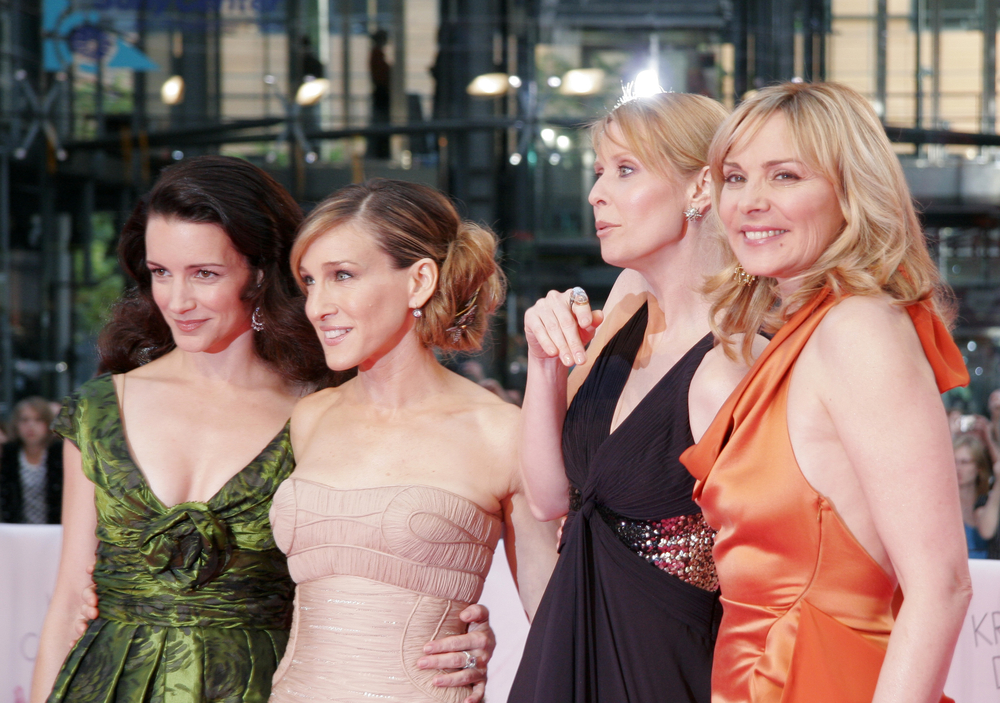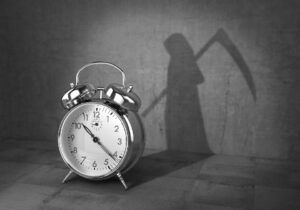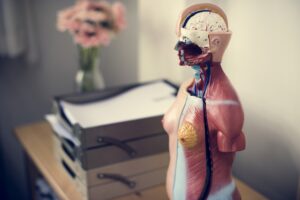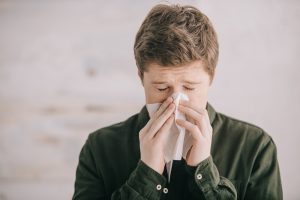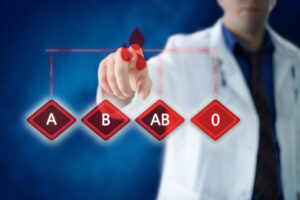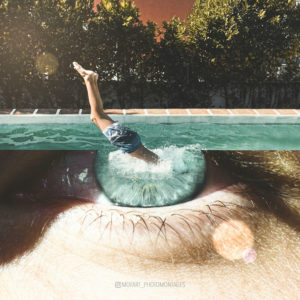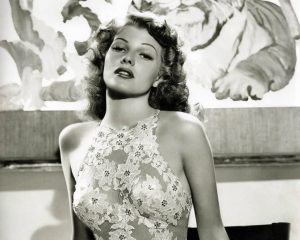The “Cheerleader Effect” or, in scientific terms, “Group Attractiveness Effect” is a cognitive bias (meaning, a deviation from rationality in judgement) which makes people believe that individuals are more attractive when they are in a group. The term first appeared in 2008 in the popular TV series, How I Met Your Mother, in the seventh episode of the fourth season, “Not a Father’s Day.” Long story short, while in the bar, Barney tells his friends that he doesn’t see anyone attractive. Ted shows him a group of ladies who, in his opinion, were hot. But here comes the cool part! Bar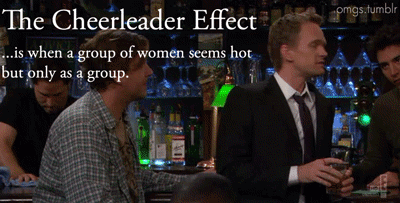 ney told them that the women they were seeing were simply undergoing the “Cheerleader Effect”: when people are together, as a group, they are perceived by others as being attractive but, when seen individually, each one of them has one or more flaws. Barney also says that this effect has different names: “the Bridesmaid Paradox, Sorority Girl Syndrome, and for a brief window in the mid-90s, the Spice Girls Conspiracy.”
ney told them that the women they were seeing were simply undergoing the “Cheerleader Effect”: when people are together, as a group, they are perceived by others as being attractive but, when seen individually, each one of them has one or more flaws. Barney also says that this effect has different names: “the Bridesmaid Paradox, Sorority Girl Syndrome, and for a brief window in the mid-90s, the Spice Girls Conspiracy.”
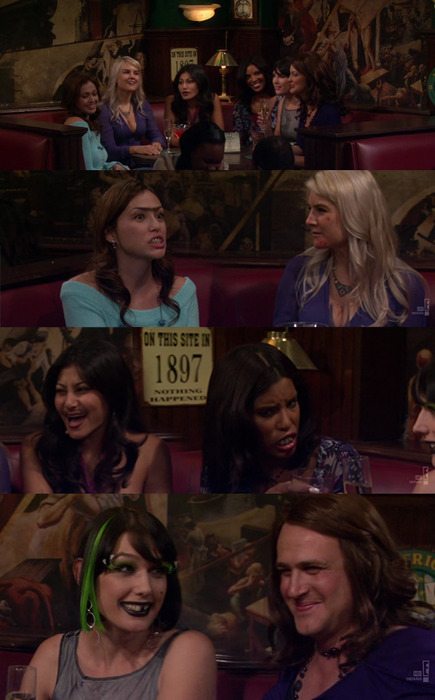 Barney’s theory was actually studied by two researchers, Drew Walker and Edward Vul. Their study concluded that this effect happens because our brain has a habit of “calculating the average properties of an object when viewing a group.” They did five experiments in which subjects had to rate different people in terms of attractiveness. While some people were pictured alone, others were in groups (but what the subjects didn’t know was that those “groups” were actually collages of people alone). In all five experiments, people who were pictured in groups received a higher attractiveness rating. Drew Walker says that “Average faces are more attractive, likely due to the averaging out of unattractive idiosyncrasies” which basically means that flaws are harder to spot when surrounded by other average people who share the same flaws as you do.
Barney’s theory was actually studied by two researchers, Drew Walker and Edward Vul. Their study concluded that this effect happens because our brain has a habit of “calculating the average properties of an object when viewing a group.” They did five experiments in which subjects had to rate different people in terms of attractiveness. While some people were pictured alone, others were in groups (but what the subjects didn’t know was that those “groups” were actually collages of people alone). In all five experiments, people who were pictured in groups received a higher attractiveness rating. Drew Walker says that “Average faces are more attractive, likely due to the averaging out of unattractive idiosyncrasies” which basically means that flaws are harder to spot when surrounded by other average people who share the same flaws as you do.
Further explanations were offered by the two researchers: “the fact that the visual system represents objects as an ensemble, individual objects are biased toward the ensemble average, and average faces are perceived to be more attractive than faces in isolation. Together, these phenomena should cause faces in a group to appear more like the group average than when presented alone, and that group average should tend to be more attractive than the individual faces, on average.”
It is important to tell you that the number of people that belong to a particular group is not important. Any number of people will do the trick! The conclusion of this social study was that “having a few wingmen or wingwomen, may indeed be a good dating strategy, particularly if their facial features complement and average out one’s unattractive idiosyncrasies.”
So, next time you’re planning to go out, don’t forget about the “cheerleader effect.” It might give you an excuse for socializing and making friends but, at the same time, looking hotter than usual!






















